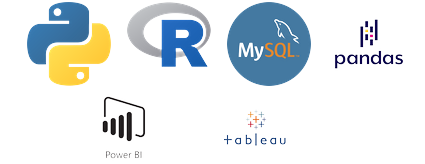Answer:
While both Power BI and Tableau are powerful business intelligence tools, they differ in several aspects:
- Cost:
- Power BI: Generally more affordable, especially for small to medium-sized businesses, with a free version and a lower cost for the Pro version.
- Tableau: More expensive, typically preferred by enterprises with larger budgets.
- Ease of Use:
- Power BI: User-friendly and integrates well with Microsoft products like Excel, making it easier for users familiar with the Microsoft ecosystem.
- Tableau: Requires a steeper learning curve but offers more flexibility for creating complex visualizations.
- Data Handling Capacity:
- Power BI: Suitable for moderate data volumes; performance can be limited when dealing with very large datasets unless using aggregations or incremental refresh.
- Tableau: Handles larger datasets efficiently and offers better performance for complex visualizations with big data.
- Integration:
- Power BI: Seamlessly integrates with Microsoft products, Azure, and Office 365.
- Tableau: Offers broader third-party integration options and supports multiple platforms, including advanced connectors for external tools.
- Community and Support:
- Power BI: Supported by Microsoft and a growing community of users.
- Tableau: Strong community and robust support from Salesforce, its parent company.
- Advanced Analytics:
- Power BI: Limited in advanced analytics compared to Tableau but integrates with Python and R for additional capabilities.
- Tableau: Offers more powerful features for advanced analytics and better handling of complex calculations.
When to Choose Which:
- Power BI: Best for businesses in the Microsoft ecosystem looking for an affordable and easy-to-use solution.
- Tableau: Preferred by organizations that need more flexibility, advanced analytics, and are willing to invest more for high scalability and performance.

